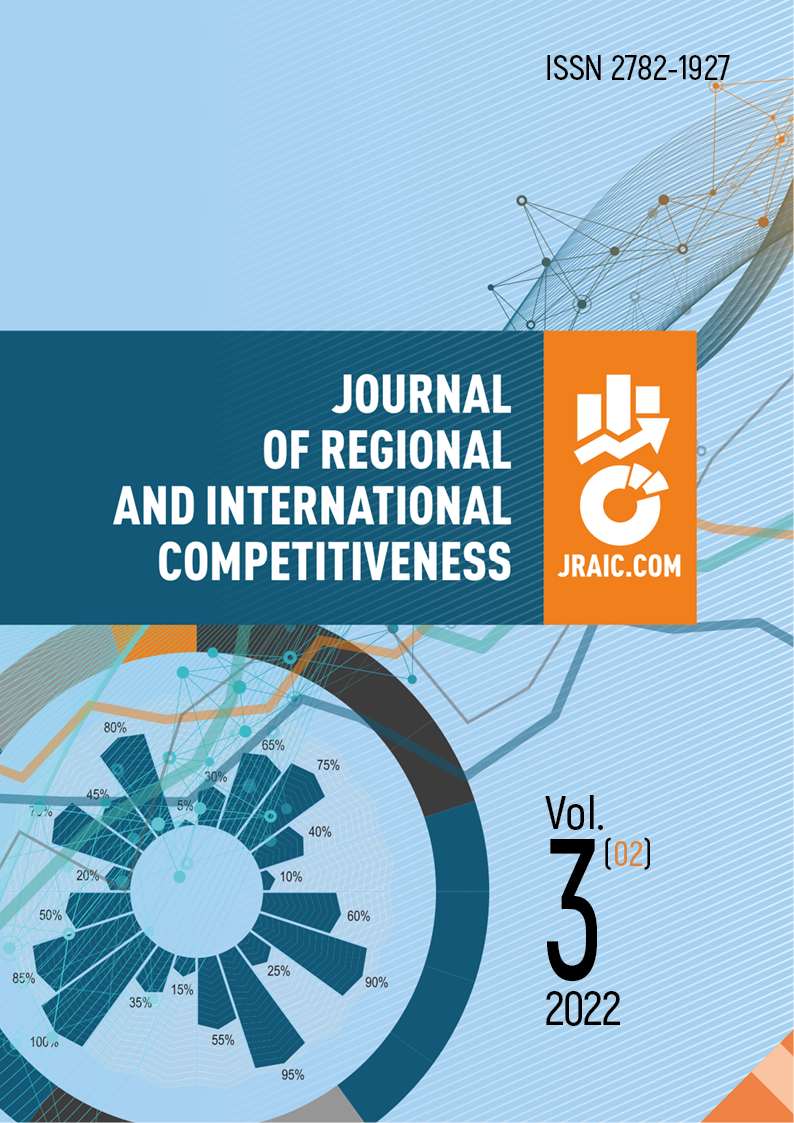Ярославль, Ярославская область, Россия
The study assesses the impact of the level of economic freedom on the dynamics of socio-economic indicators of the four Eurasian Economic Union countries in the long time-span (2012-2021). This paper uses econometric modelling techniques to verify the hypothesis of existence of a direct statistically significant relationship between the level of economic freedom and Gross Domestic Product per capita, Gross Domestic Product itself, foreign direct investment in the economy, the Human Development Index; and an inverse relationship with the Corruption Perception Index. The study reveals the confirmation of a substantial part of the hypotheses put forward for economies of the Eurasian Economic Union countries. However, there is no statistically significant relationship between the level of economic freedom and Gross Domestic product capita or foreign direct investment in all of the economies studied.
SOCIO-ECONOMIC DEVELOPMENT, EURASIAN ECONOMIC UNION (EAEU), ECONOMIC FREEDOM INDEX, CORRELATION ANALYSIS, HERITAGE FOUNDATION
1. The Heritage Foundation. (2022). Index of Economic Freedom. Retrieved from https://www.heritage. org/index/download# (accessed 10.04.2022).
2. Shkiotov, S. V., Markin, M. I., & Shcherbakova, A. A. (2022). Assessing the impact of the level of corruption on the socio-economic development of the national economy: Russian Federation. Teoreticheskaya ekonomika, 88(4), 82. Retrieved from https://doi.org/10.52957/22213260_2022_4_82 (in Russian).
3. Hellman, J. S., Jones, G., Kaufmann, D., & Schankerman, M. (2000). Measuring Governance, Cor-ruption, and State Capture. The World Bank Policy Research WP, 2444.
4. Malanski, L. K., & Póvoa, A. C. S. (2021). Economic growth and corruption in emerging markets: Does economic freedom matter? International Economics, 166, 58-70. Retrieved from https://doi.org/10.1016/j. inteco.2021.02.001
5. Cebula, R. J., Clark, J. R., & Mixon, F. G. (2013). The impact of economic freedom on per capita real GDP: A study of OECD nations. Journal of Regional Analysis and Policy, 43(2), 34-41.
6. Sayari, N., Sari, R., & Hammoudeh, S. (2018). The impact of value added components of GDP and FDI on economic freedom in Europe. Economic Systems, 42(2), 282-294. Retrieved from https://doi.org/10.1016/j.ecosys.2017.03.003
7. Ivanova, E., & Vojtovic, S. (2016). Macroeconomic analysis of indicators of economic freedom, economic sentiment and GDP: Slovakia case study. Actual Problems of Economics, 184(10), 68-78.
8. Staufer, J., & Brockmann, P. (2018). Forecasting macroeconomical indices with machine learning: impartial analysis of the relation between economic freedom and quality of life. International Journal on Soft Computing, Artificial Intelligence and Applications, 7(4), 21-35. Retrieved from https://doi.org/10.5121/ ijscai.2018.7402



















